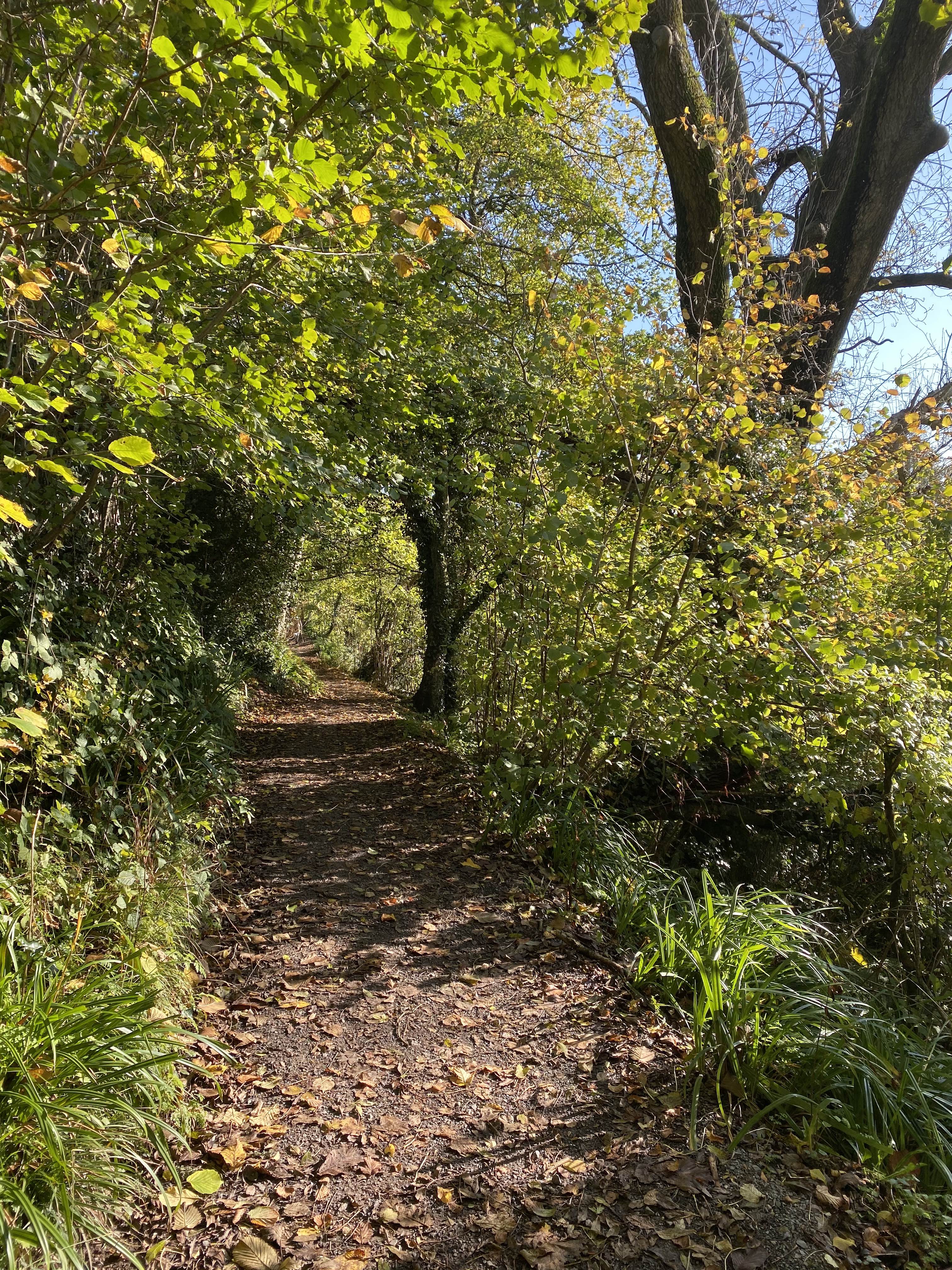Seaton Wetlands is made up of four main sites – Seaton Marshes, Black Hole Marsh, Colyford Common and Stafford Marsh Enjoy beautiful marshland and reedbeds alongside the River Axe with five bird hides and nearly 4km of level trails and boardwalks suitable for wheelchair, bike and pushchairs. A countryside haven, home to an abundance of wildlife. Seaton Wetlands is 6 miles west of Lyme Regis and 8 miles east of Sidmouth, between Colyford and Seaton.
Seaton Marshes
A freshwater grazing marsh, with scrapes, ditches, the Borrow Pit Pond and a bird hide. The area attracts considerable wildlife interest, from wildfowl and wading birds in the winter to dragonflies and butterflies in the summer. Otters have been spotted at the Borrow Pit Pond! The site is managed by the Countryside team on behalf of Axe Vale and District Conservation Society.
This part of the reserve is accessible for wheelchairs and pushchairs.
Black Hole Marsh, Colyford Common and Stafford Marsh
Directions to the main car park: In the middle of Colyford village on the A3052 take the Seaton Road, signposted Axe Vale Static Caravan Park. After half a mile turn left into Seaton Cemetery, continue through to the Seaton Wetlands car park. The nearest postcode is EX12 2SP.
Black Hole Marsh
Panoramic 360 degree views over the intertidal lagoon and estuary. Look out for wading birds, ducks and kingfishers. Remember to wave to the tram as it passes!
Following planning approval, the Countryside team created a saline lagoon on what was previously a drained agricultural field, with little wildlife interest. Islands were created on a large shallow scrape. The Environment Agency worked with a local engineering company to devise an innovative self-regulating tidal exchange gate, allowing water of just the right salinity to enter the lagoon.
It attracts breeding oystercatchers and now well populated with crustaceans and molluscs that support a wide range of wildfowl and waders. Birds to be seen regularly include Dunlin, Black tailed godwit and Ringed plover.
Colyford Common
Walk to the peaceful bird hide and viewing platform and discover a circular route around the reedbeds.
Is regularly flooded by high tides, so this salt-marsh has very unusual flora and fauna, supporting many locally rare and nationally important species. Little egrets fish in the creeks and lagoons on the estuary and large black and white shelduck can be seen grazing here. Wheatears flit across the common, and there is evidence of water vole in the reedbed close to the village.
The Colyford Common bird hide offers fantastic views across the upper reaches of the estuary and surrounding saltmarsh. There is also a viewing platform further north which gives great views of waders such as Curlew in winter.
Stafford Marsh
Explore the wildlife garden and enjoy a picnic in the heart of the wetlands. Find out more about the site, hire pond dipping equipment and grab a coffee in the Discovery Hut. Open Saturday to Monday, 10am to 4pm. Site toilets located here.
Discovery Hut
The Discovery Hut is staffed by volunteers Saturday to Monday, 10am to 4pm. When the hut is open you can find out more about the Wetlands, hire pond-dipping equipment and purchase drinks and snacks (ice creams, biscuits and cereal bars). Contact the Countryside team to check opening hours before your visit or to arrange additional opening for a group visit.
Next door to the Discovery Hut are toilets (including an accessible toilet and baby changing which are always open.
The Lookout
The Lookout is an information hub on the main path as you enter the wetlands from the car park. This is often manned by a Countryside member of staff during the week. It is currently under development and will become a key source of information for your visit.
Directions
Continue past Seaton cemetery and take the left turn immediately after Seaton Football Club into Hillymead. Pass Axe Vale Static Caravan Park entrance on your left and park in the spaces opposite the water treatment plant. The nearest postcode is EX12 2DF. This part of the reserve can be easily accessed from Seaton via foot, using the footpath by the Underfleet play park.
There is no path between Seaton Marshes and the main site. To travel between the two you will need to use the Seaton – Colyford Road (via car or foot) approximately 0.6miles.
Car parking is available through Seaton Cemetery. Park here to access Black Hole Marsh, Colyford Common and Stafford Marsh. The nearest postcode is EX12 2SP.
A smaller parking area is available through Hillymead at the entrance to Seaton Marshes. The nearest postcode is EX12 2DF.
Best time to visit
You will see different birds during your visit depending on the time of year. Check the white board at the Discovery Hut and Lookout to see what other visitors have already spotted. Seaton Wetlands is open 24 hours a day, 365 days a year. There is no charge to visit but donations for car parking, visiting and refreshments are welcomed.
Facilities
Car park, toilets (accessible and baby changing), picnic area, 5 hides, 3 pond dipping platforms, Discovery hut, pond dipping equipment for hire and refreshments available at weekends, classroom available for hire, Education ranger services.
Wheelchair and pushchair friendly paths. Cycling welcome on most of site.
No dogs (except assistance dogs).
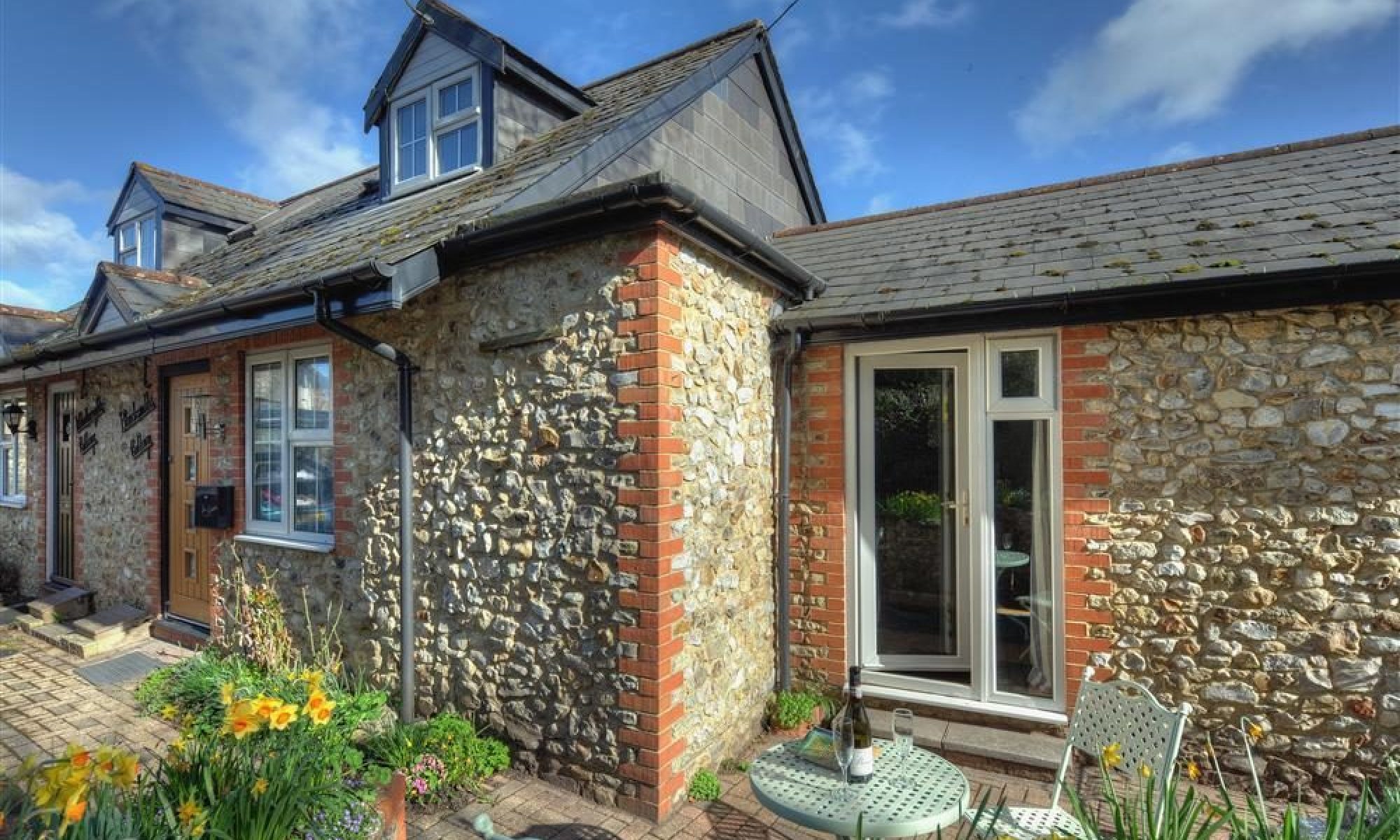
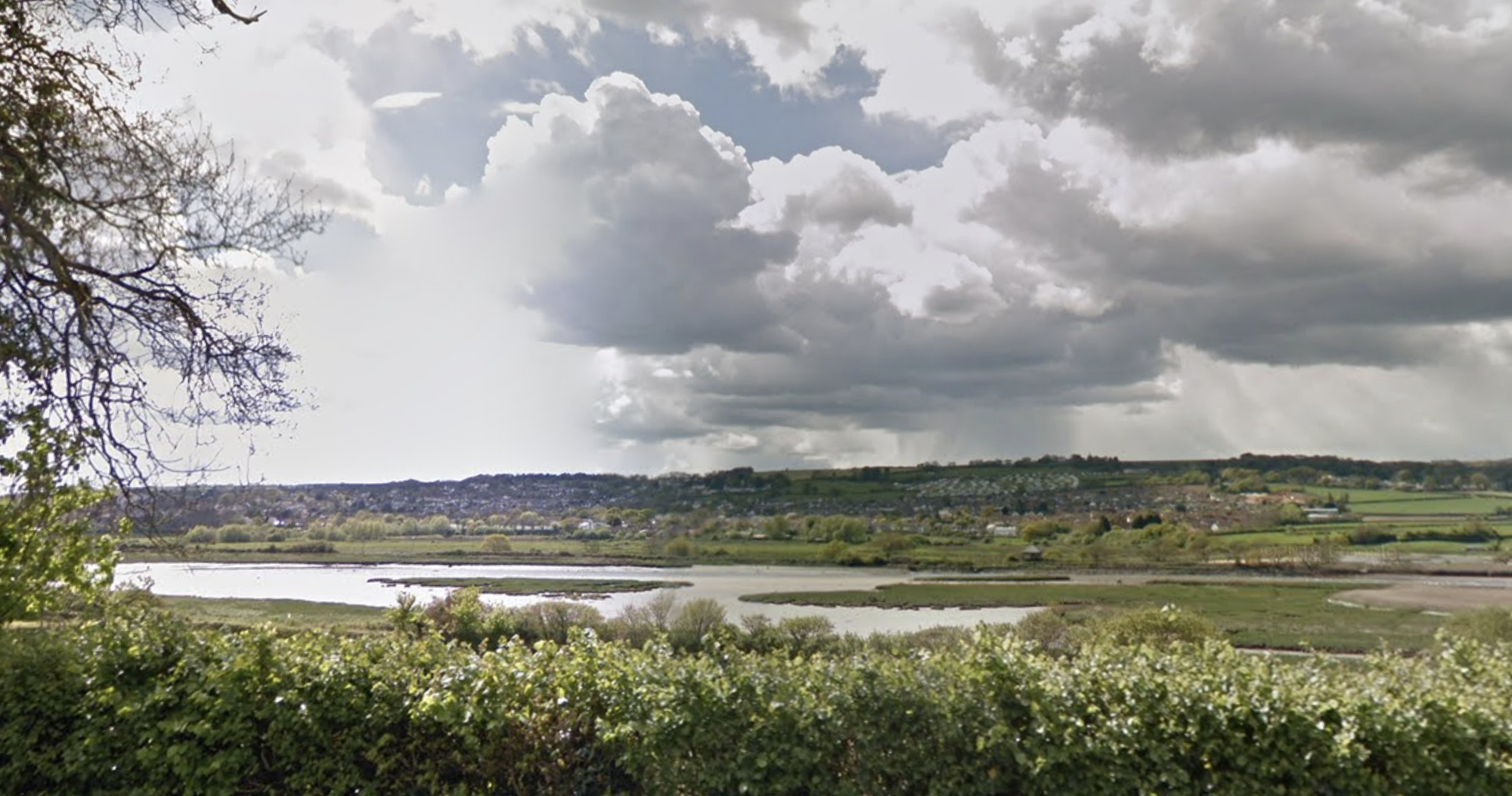
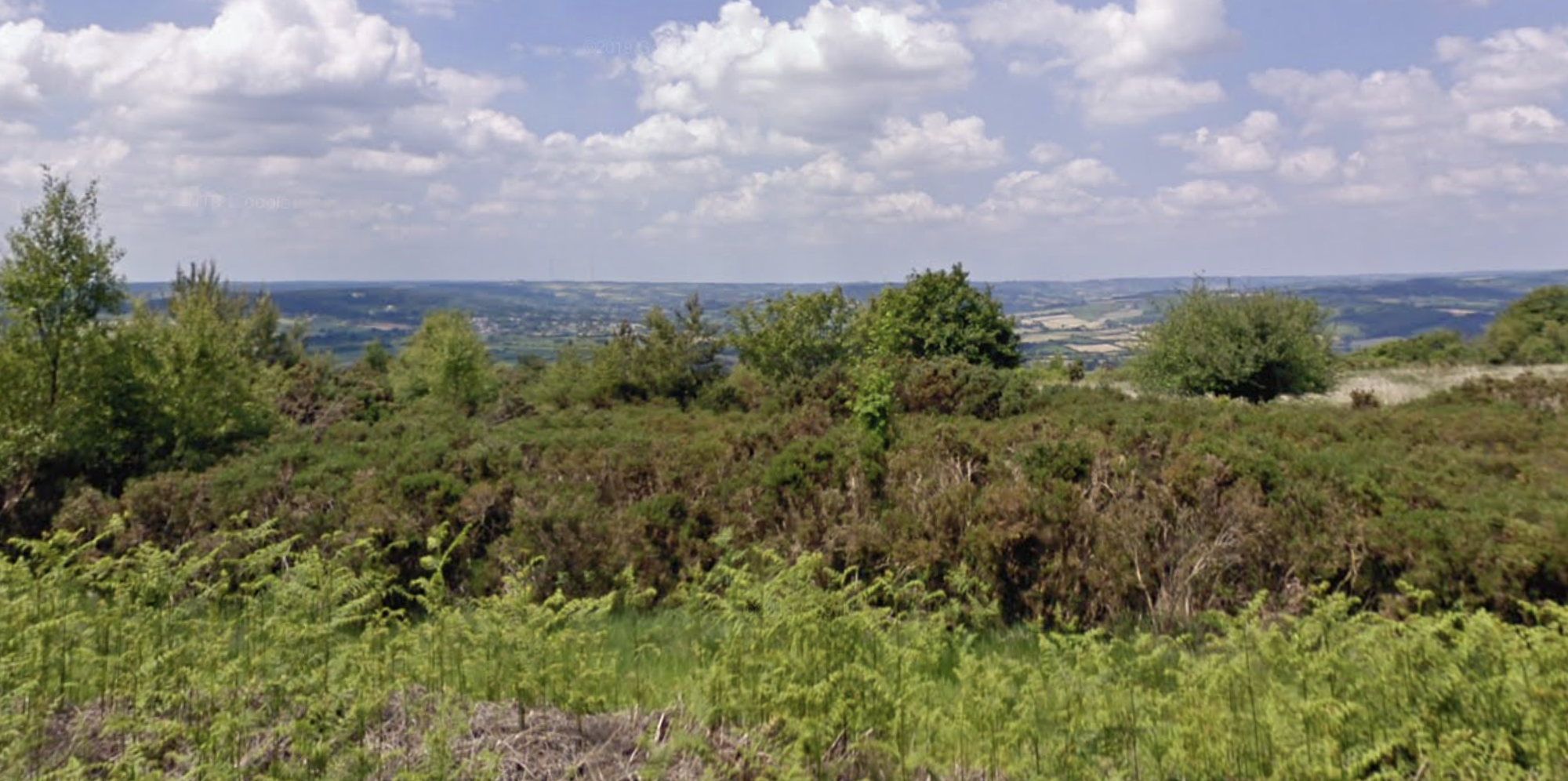

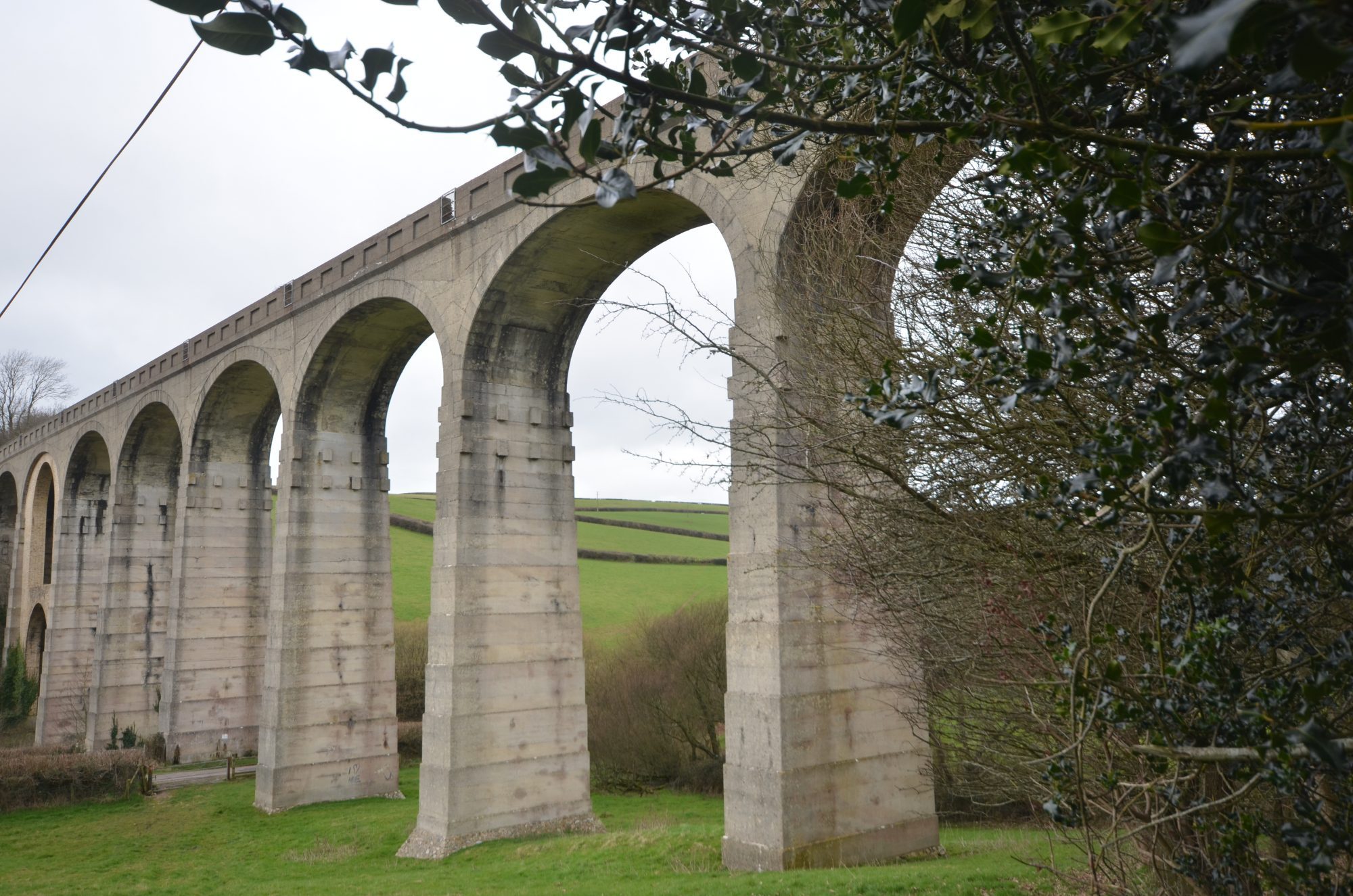 The gradient was too steep to permit a station in Uplyme. The station at Lyme Regis was on the north of the town at what is now the Health Centre and Jewsons, because immediately beyond t the land falls steeply towards the town.
The gradient was too steep to permit a station in Uplyme. The station at Lyme Regis was on the north of the town at what is now the Health Centre and Jewsons, because immediately beyond t the land falls steeply towards the town.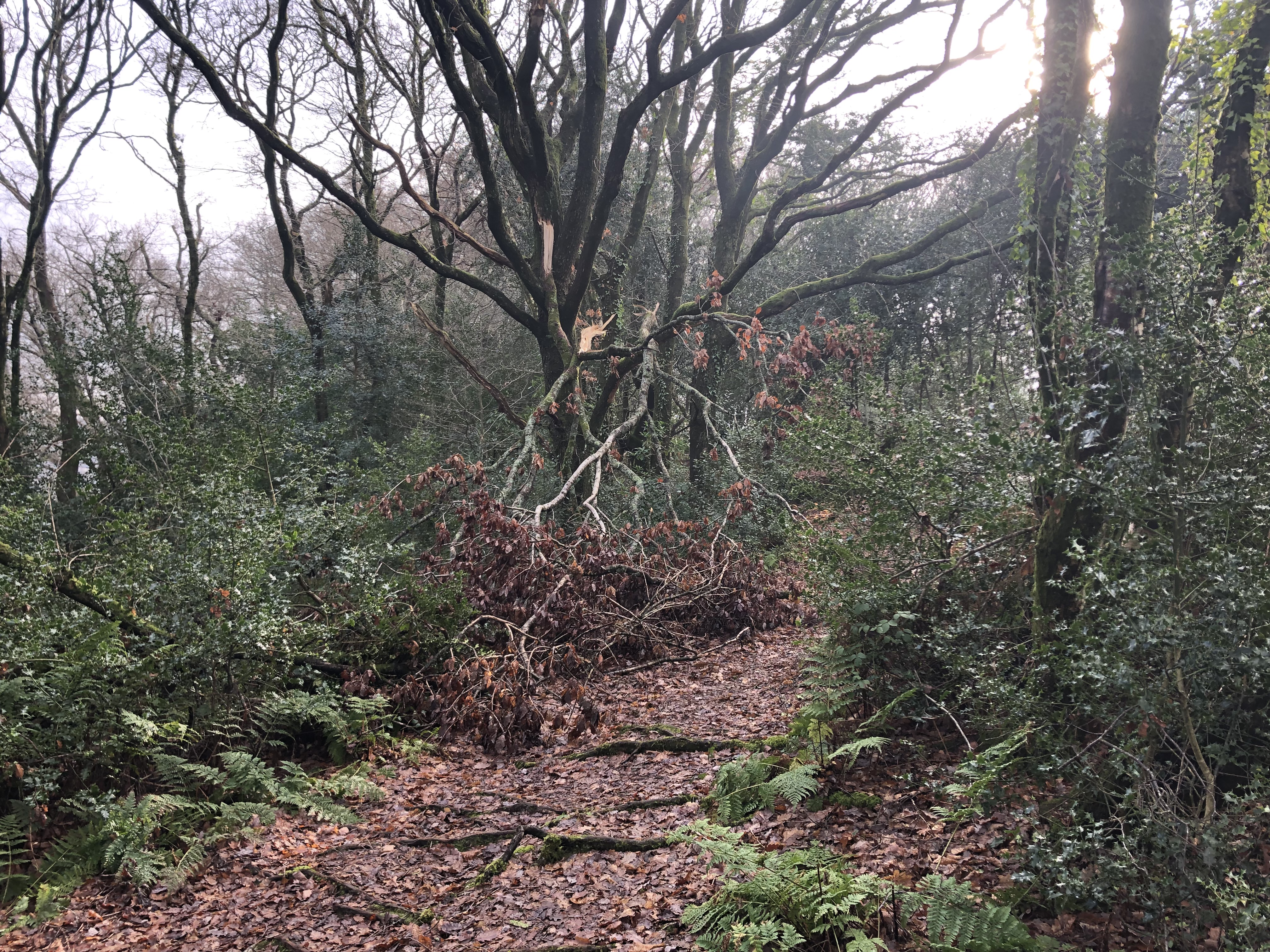 Walk back up Venlake Lane and cross Cannington Lane into Woodhouse Lane. Head up the hill from the cross roads and after about 300m you’ll see a footpath marker on your right in Woodhouse Fields.
Walk back up Venlake Lane and cross Cannington Lane into Woodhouse Lane. Head up the hill from the cross roads and after about 300m you’ll see a footpath marker on your right in Woodhouse Fields. The Prescott Pinetum, (also known as either Uplyme or Woodhouse Pinetum), sits on a north-east facing slope, and is visible from Uplyme. Hosting a variety of majestic oak, beech and conifer species, overlooking Lyme Regis and the Jurassic Coast, the Pinetum is thought to have been established between 1840 and 1860s, and features giant Wellingtonia’s, Grand fir, Noble Fir, Blue Atlas Cedar, Japanese Red Cedar, Prince Albert’s Yew and Coast Redwoods. Many of the conifers that remain are now magnificent specimen trees, including one UK champion. This site’s diversity of species has earned it a Tree Preservation Order. A single path meanders through the woodland. Look out for the remains of a woodman’s cottage.
The Prescott Pinetum, (also known as either Uplyme or Woodhouse Pinetum), sits on a north-east facing slope, and is visible from Uplyme. Hosting a variety of majestic oak, beech and conifer species, overlooking Lyme Regis and the Jurassic Coast, the Pinetum is thought to have been established between 1840 and 1860s, and features giant Wellingtonia’s, Grand fir, Noble Fir, Blue Atlas Cedar, Japanese Red Cedar, Prince Albert’s Yew and Coast Redwoods. Many of the conifers that remain are now magnificent specimen trees, including one UK champion. This site’s diversity of species has earned it a Tree Preservation Order. A single path meanders through the woodland. Look out for the remains of a woodman’s cottage.


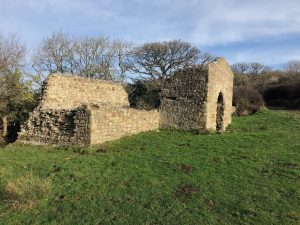
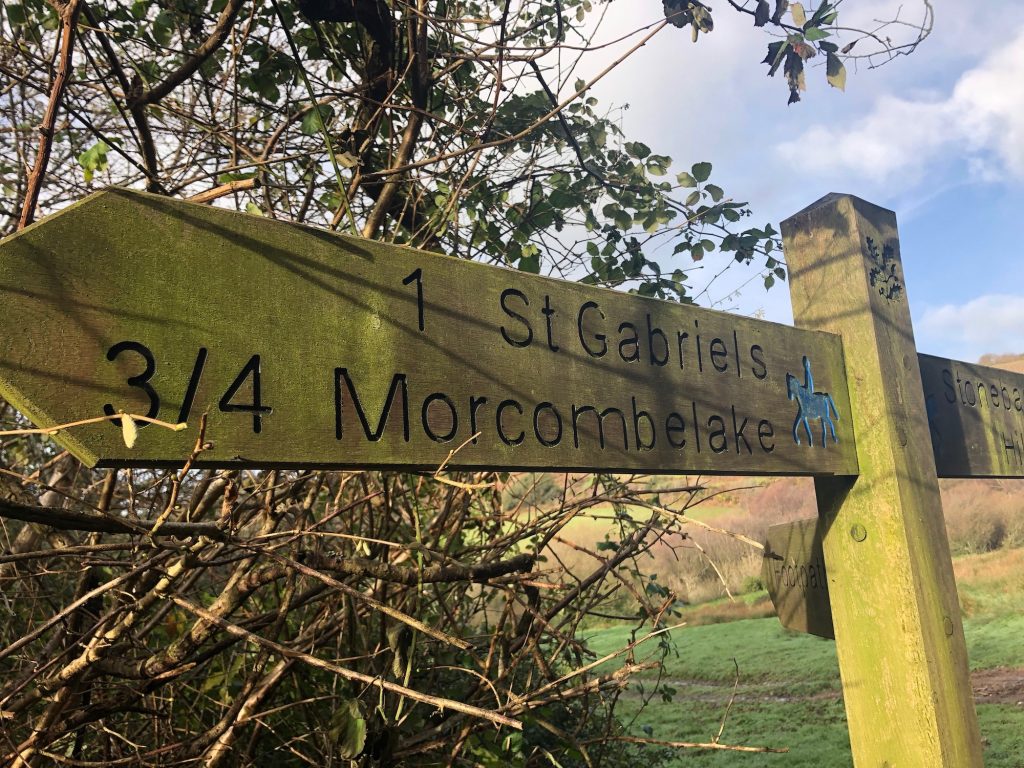 On the Golden Cap Estate, as in its properties elsewhere, the National Trust has encouraged the use of traditional farming methods, and this helps wildlife to flourish. In the tiny streams there are amphibians like frogs, toads and newts, while on land their reptile cousins include adders and the common lizard. In the air above the streams you may catch a glimpse of a dragonfly, while the many species of wildflowers like primroses, bluebells and orchids attract butterflies and other insects. Birds in the area include the yellowhammers which bob and dip between the thorn bushes, as well as buzzards hunting overhead, and massive ravens with glossy black plumage.
On the Golden Cap Estate, as in its properties elsewhere, the National Trust has encouraged the use of traditional farming methods, and this helps wildlife to flourish. In the tiny streams there are amphibians like frogs, toads and newts, while on land their reptile cousins include adders and the common lizard. In the air above the streams you may catch a glimpse of a dragonfly, while the many species of wildflowers like primroses, bluebells and orchids attract butterflies and other insects. Birds in the area include the yellowhammers which bob and dip between the thorn bushes, as well as buzzards hunting overhead, and massive ravens with glossy black plumage.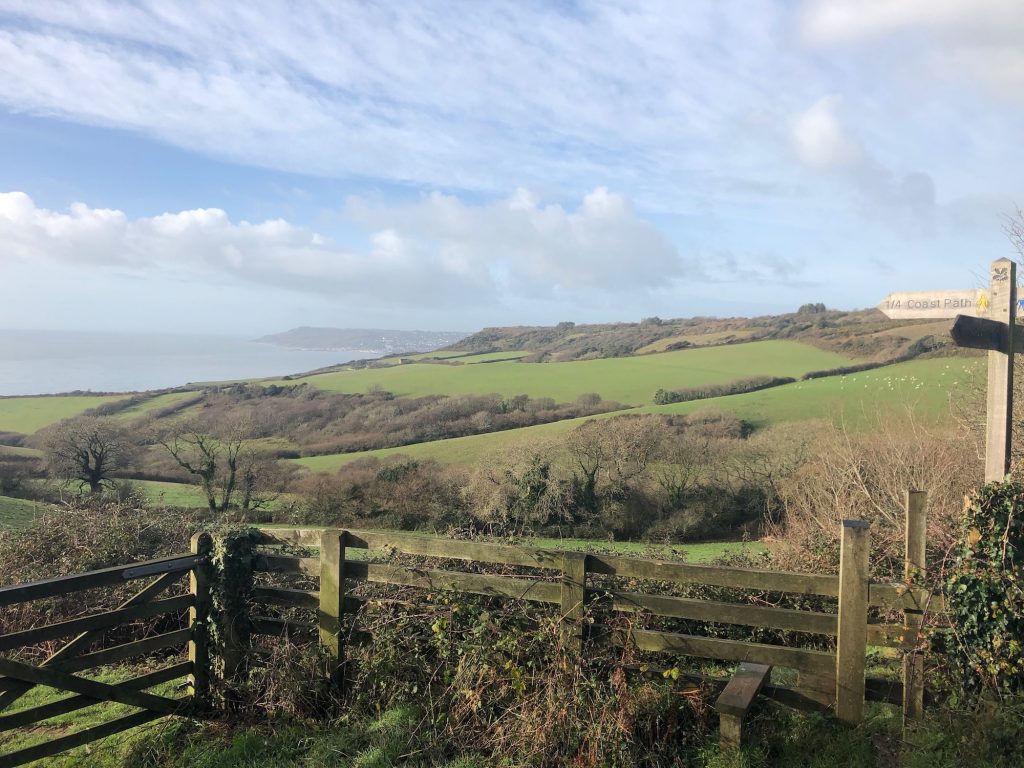 Reaching the gate, you can either turn left before it, onto the path around the outside perimeter of the wood, or you can go through the gate and turn left on the path into the trees, turning left again when you come to the track leading around the western side of the wood. If you choose the path outside the woodland, follow it all the way around the hill, ignoring the path downhill to the left en route, and join the track as it begins to curve around the far end of the wood.
Reaching the gate, you can either turn left before it, onto the path around the outside perimeter of the wood, or you can go through the gate and turn left on the path into the trees, turning left again when you come to the track leading around the western side of the wood. If you choose the path outside the woodland, follow it all the way around the hill, ignoring the path downhill to the left en route, and join the track as it begins to curve around the far end of the wood. Follow the path to the left of the white house ahead and when you emerge on to a road, turn right and after about 40 yards take the holiday park permissive footpath to beach on the left (signed). Follow this path down steps on right and over bridge on to beach.
Follow the path to the left of the white house ahead and when you emerge on to a road, turn right and after about 40 yards take the holiday park permissive footpath to beach on the left (signed). Follow this path down steps on right and over bridge on to beach. This is a delightful short walk which begins at Lyme Regis in Dorset and ends at Uplyme in Devon. The walk starts at the historic resort of Lyme Regis and follows alongside the River Lym (or Lim) to reach the village of Uplyme.
This is a delightful short walk which begins at Lyme Regis in Dorset and ends at Uplyme in Devon. The walk starts at the historic resort of Lyme Regis and follows alongside the River Lym (or Lim) to reach the village of Uplyme.
